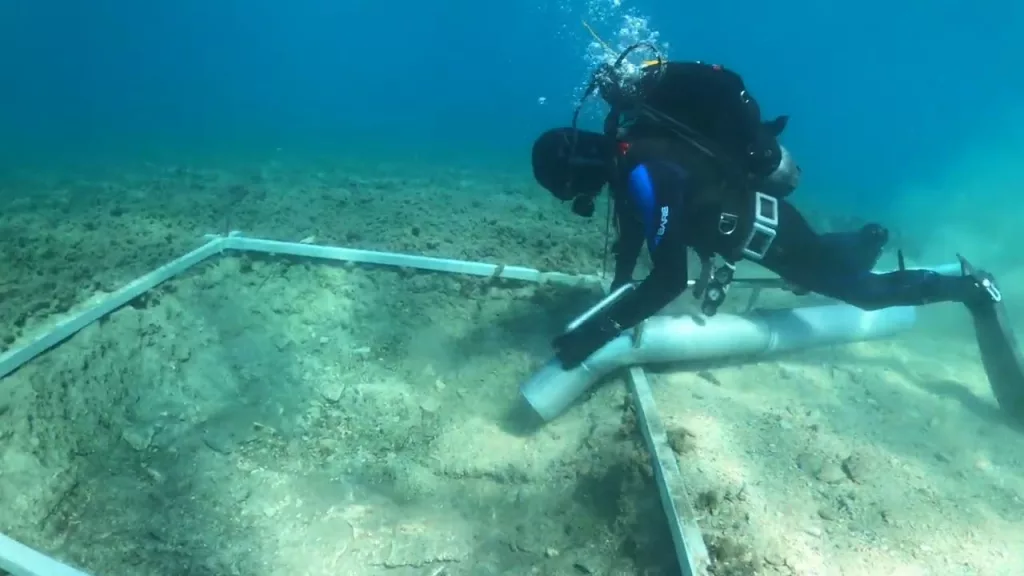There are many interesting mysteries and discoveries around the world. This discovery is one such amazing discovery of an underwater highway. Archaeologists made a discovery of a highway, 7000 years old. It is at the bottom of the Adriatic Sea off the coast of a Croatian island.
Uncovering a Submerged Connection
The archeologist made this discovery after searching through satellite images. Images were of the ocean around the sunken Neolithic site of Soline, offshore of Korčula which forms part of the Adriatic archipelago. This is a connection to the now-submerged Neolithic site on the island of Korčula.
Korčula, which is a connection to mainland Croatia, became an island roughly 8,000 years ago. Archaeologists consider that this 13ft wide road was an invention of Hvar Culture. The archaeologists also make the assumption that the road connected the now-submerged site and the island. At the time it was a human-made land region.

Exploring the Submerged Highway
After sighting the satellite images, archaeologist Mate Parica, of the University of Zadar, was curious to get a closer look at the unique walls of an ancient habitation. It was observed to be linked to the main island by a narrow strip of land.
“The fortunate thing is that this area, unlike most parts of the Mediterranean, is safe from big waves as many islands protect the coast,” Parica mentioned to Reuters at the time of the discovery in 2021. This definitely assisted to maintain the location from natural destructions and disasters.
The university Zadar has mentioned in a Facebook statement that “People walked on this [road] almost 7,000 years ago.”

Captivating the Imagination:
The Hvar-Lisičići culture, a Neolithic culture named after the island, was built as a way to travel from Soline to Korčula. Due to the radiocarbon examination of the Soline placement and the preserved wood found frozen in time. We can assume that it has a history that runs to 4,900 BC. There were remains of stones and flint blades at the site.
This finding shows how skilled people were in constructing the pathway and provides important insights for archaeological research. This finding marks a major breakthrough in recent archaeological research, shedding light on ancient construction techniques and revealing an important historical site.







